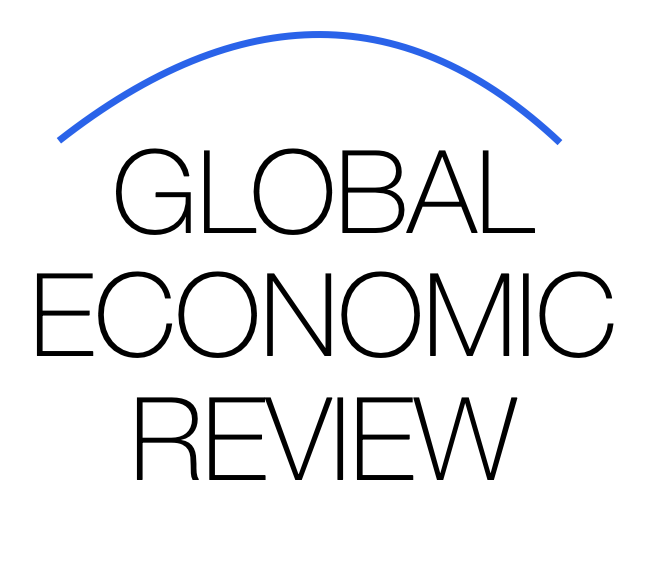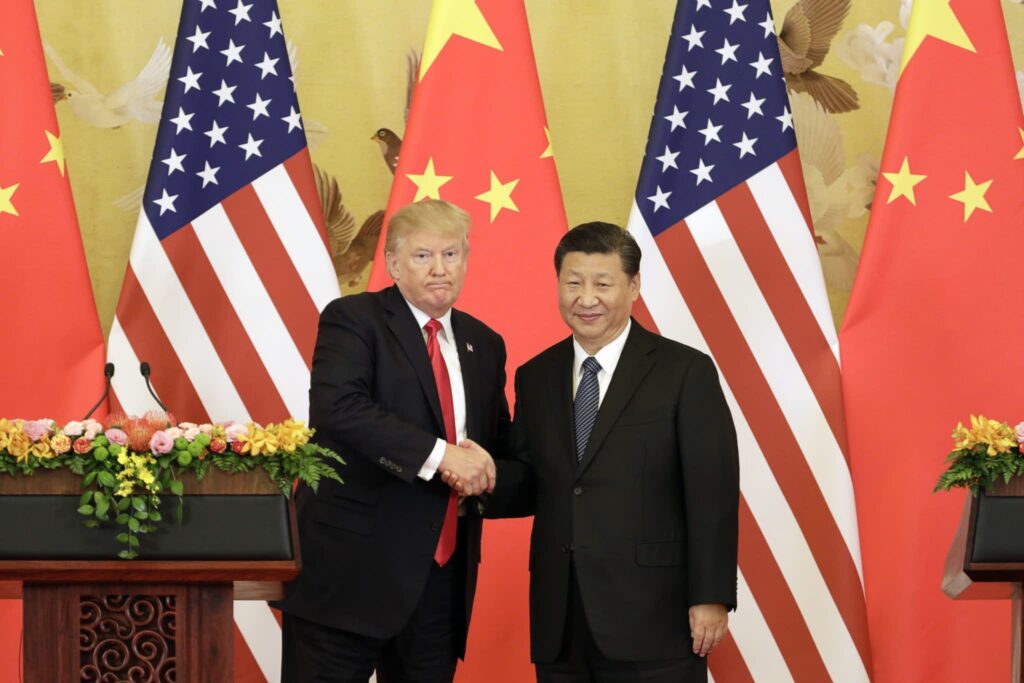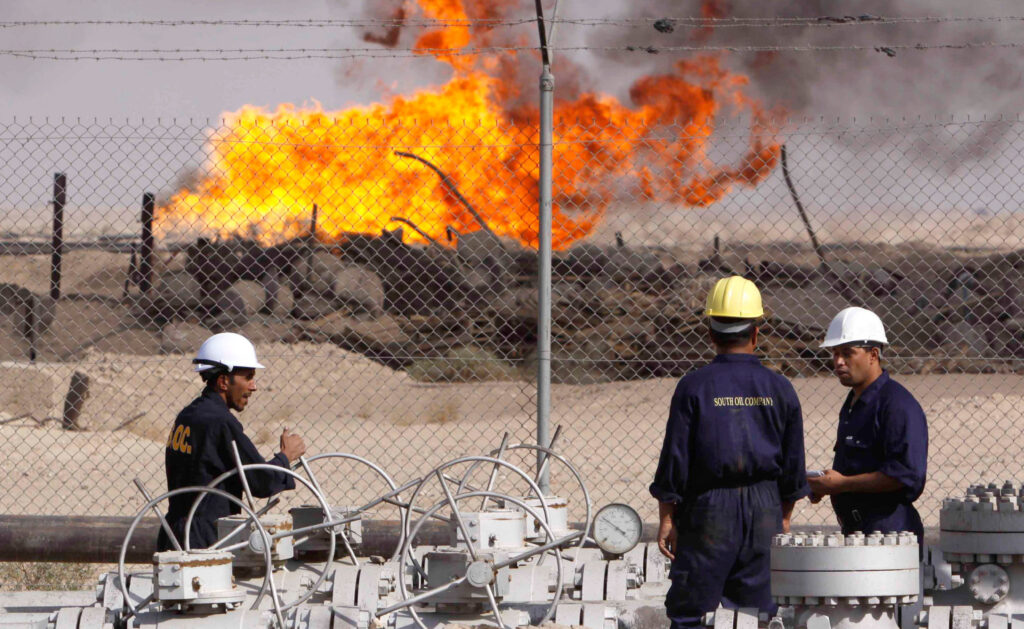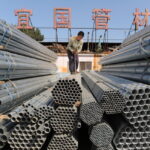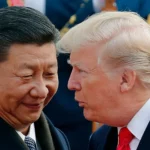U.S. Eases Ethane Export Restrictions to China, Opening Door for Renewed Energy Trade

In a significant shift for the global energy trade, the United States has officially lifted restrictions on ethane exports to China, signaling a thaw in a previously strained segment of the bilateral economic relationship. The move comes amid evolving trade dynamics and growing energy demand in Asia, particularly within China’s petrochemical sector.
What Is Ethane and Why It Matters
Ethane is a key component in the production of ethylene, a fundamental building block for plastics, antifreeze, textiles, and industrial chemicals. The United States is one of the world’s top ethane producers, with vast reserves unlocked by shale gas extraction. With export infrastructure already in place—particularly along the U.S. Gulf Coast—the removal of restrictions now allows American suppliers to tap into one of the largest consumer markets globally.
China, on the other hand, has rapidly expanded its ethane cracking capacity to support domestic manufacturing and consumer goods sectors. The renewed access to competitively priced U.S. ethane offers China a more diversified and reliable energy feedstock at a time when energy security remains a national priority.
Strategic and Economic Implications
This policy change has multi-dimensional implications:
- Boost for U.S. Ethane Producers: American energy firms stand to benefit from broader market access, which could lead to increased shipments, long-term supply contracts, and improved pricing leverage.
- Enhanced U.S.-China Energy Relations: Although broader trade tensions persist, this move indicates targeted cooperation in energy and chemicals, reflecting the mutual need for economic pragmatism.
- Impact on Global Ethane Flows: Traditional buyers in Europe, India, and Southeast Asia may now face greater competition for U.S. cargoes, potentially reshaping global ethane logistics and pricing.
- Support for Petrochemical Growth in China: Lower-cost feedstock could accelerate downstream industrial production and strengthen China’s export capacity for plastic and chemical products.
Market Outlook
Analysts expect U.S. ethane exports to China to gradually ramp up through late 2025 and into 2026, depending on port capacity, contract negotiations, and global market conditions. Ethane shipping companies and liquefaction terminal operators are already positioning to capitalize on the renewed opportunity.
Additionally, this policy shift aligns with the broader U.S. energy export strategy, which increasingly views natural gas liquids (NGLs) as a competitive geopolitical asset, especially in Asia’s high-growth markets.
Conclusion
The U.S. decision to lift restrictions on ethane exports to China marks a strategic realignment in global energy trade, offering new commercial opportunities while easing friction in one of the world’s most critical bilateral relationships. As the petrochemical race accelerates, access to competitively priced U.S. ethane could be a game changer for China’s industrial ambitions—and a lucrative path forward for American producers seeking growth abroad.
